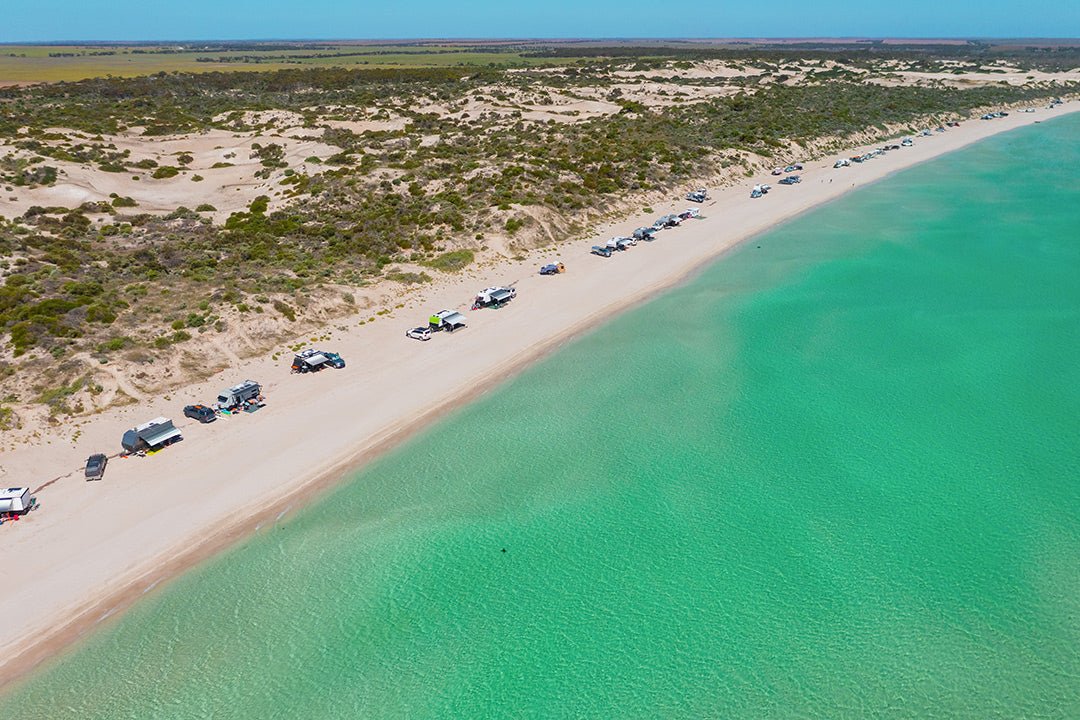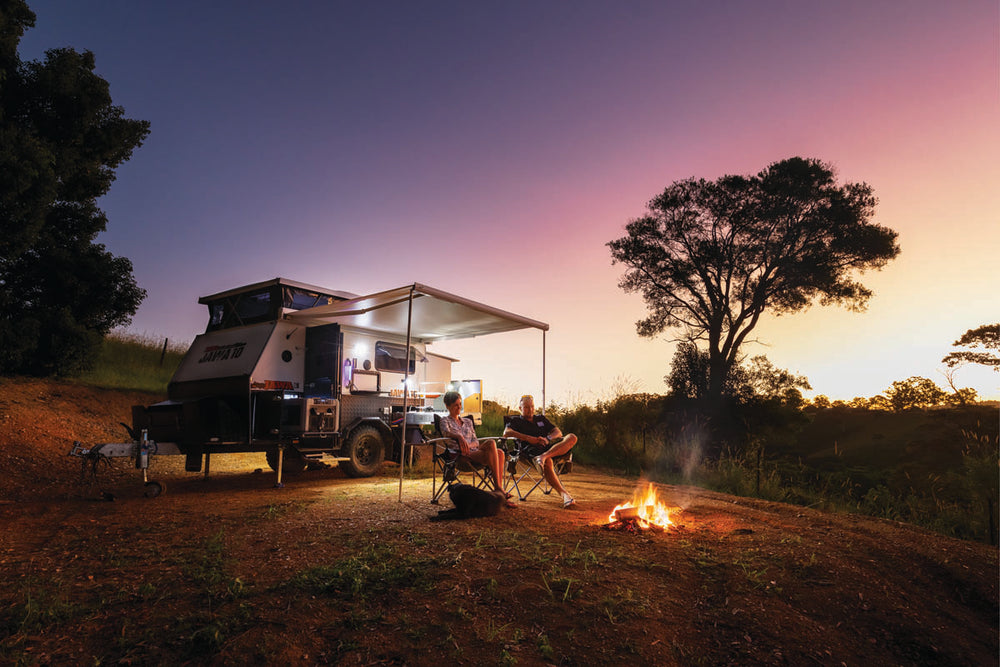

In this article Stuart talks about how a unified caravan industry is keeping Australia rolling.
Forget the headlines — caravanning continues to grow from strength to strength. Last year, Australians chalked up 15.2 million caravan and camping trips, totalling 57.1 million nights away.
This was a 38 per cent leap on 2015 and rock-solid proof that the appetite for the open road is firmly entrenched in the DNA of Australian travellers. But it requires continued investment, refreshed thought, adoption of technology and an understanding of consumer trends — which is why at our National Conference on the Gold Coast held in May, more than 1000 manufacturers, retailers, park operators and suppliers gathered under one banner: Shared Responsibility.
That collective grit to improve has now become industry standard. Hitching up is now the cost-smart, go-anywhere answer to uncertainty. Yes, the economy’s tight. Yet those trips pumped $10.6 billion into local tourism coffers, with 91 per cent of that spend landing in regional Australia — the servo in Saint George, Qld, the bakery in Naracoorte, SA, the tackle shop in Busselton, WA, all benefit from the caravanning wave. Spend 10 minutes on a dealer’s lot and you’ll still see families planning, booking and hitting the road because the caravan holiday delivers what matters. Is it safe? Affordable? Built to last? Absolutely — and that confidence springs from an industry that’s not merely holding steady but compounding its strengths through united thought and a desire to be better.
When airfares soar and the dollar dips, Aussie travellers don’t cancel — they shop around. And they’re younger than you might think: the 30–54 years age group now takes 46 per cent of all trips and accounts for 42 per cent of nights. The beach is still there, and so is the bush. Families are trading long-haul international for local escapes they can trust — delivering strong memories, genuine and authentic experiences, and the freedom to go when and where they choose.
Caravanning has always been about independence; backed by industry-wide collaboration determined to make the caravanning experience better and better.
Peace of mind
Take product safety. Builders are embracing concepts such as virtual audits that beam factory tests to engineers interstate, spotting potential faults before they ever reach a driveway. A sensor on a test track in Geelong, Vic, can trigger a design tweak in Brisbane, meaning the van you tow next summer is sturdier because dozens of sets of eyes, not just one, has contributed to its development. You will never read the Slack messages or see the CAD files, but you will feel the peace of mind on the open highway.
Park operations tell a similar story. Operators once guarded intelligence like trade secrets; now many share knowledge around their experiences and own product development so the industry is safer and the guest experience across the country improves. This isn’t collusion; it’s common sense — an industry coming together so the consumer at the end benefits?
Consumers will continue to feel the same industry unity in public policy. Because manufacturers and park operators regularly meet to develop a 360-degree view of the industry, the wishlist is short and traveller-centred:
- Publish compliance data in plain English
- Reward onshore factories investing in advanced manufacturing
- Subsidise accredited towing courses so first-timers arrive safely.
Government likes solutions which are cheaper than cleaning up avoidable accidents. Motorists like roads where everyone knows their load limit.
Does that cooperation blunt competition? Hardly. It shifts the battleground from who can hide problems longest to who can solve them fastest — and consumers win when speed of improvement becomes the yardstick. Energy-saving hacks trialled in a coastal park migrate inland before the summer heat. A cheaper, tougher axle sensor devised by a start-up gets adopted sector-wide because fewer roadside breakdowns lift every brand. The reward isn’t a backslap in a boardroom; it’s the family that finishes its holiday safely and energised for their next holiday away together.
Ignore the chatter — our caravan boom hasn’t gone bust; it has recalibrated the whole playing field. Approximately one million caravans and campervans now share Australia’s roads, a record-breaking fleet that still grows every month. That surge has set a new baseline of demand: parks are fuller, service bays busier and accessory shelves constantly restocked, even as factory deliveries catch their breath after COVID. The bigger risk isn’t a cyclical pause in sales; it’s consumers losing faith that the industry can adapt — and the numbers say that faith is holding.
So, next time you catch a gloomy headline, ask a sharper question: is the sector shrinking, or is it simply stripping weight before a steeper climb? The evidence says the industry is shifting gears, not stalling. All told, caravanning injects a growing $27.1 billion into the Australian economy every year. For travellers that means safer rigs, value pricing and fewer holiday ‘what-ifs’. For the economy it means local jobs and regional activity. For the businesses that support the ecosystem, it means earning loyalty the only way that lasts by proving, highway after highway, that the open road remains Australia’s best-value adventure.
Stuart Lamont
Chief Executive Officer
THE NEXT STEP
If you want to learn the latest caravan news, find the most innovative new caravans and camping gear or get inspired to plan your next road trip adventure to some of Australia’s best getaway destinations, subscribe to our weekly newsletter. We promise to send you only the best content.
Related articles:
CIAA: What does the August Economic Reform Roundtable mean for caravanning?
CIAA: What caravanning means to Australia







